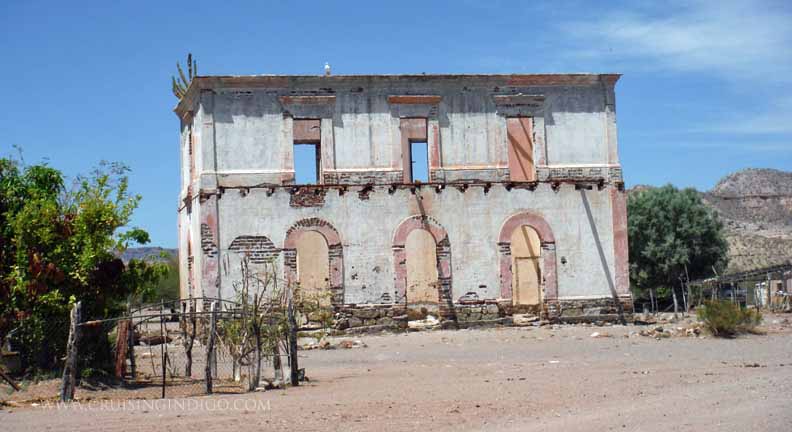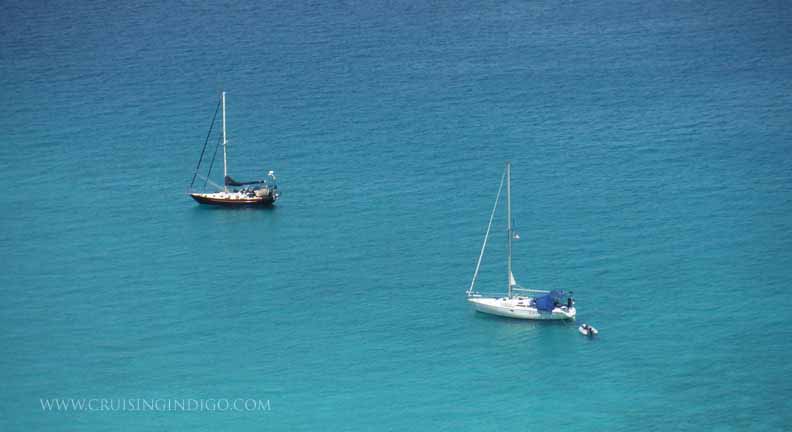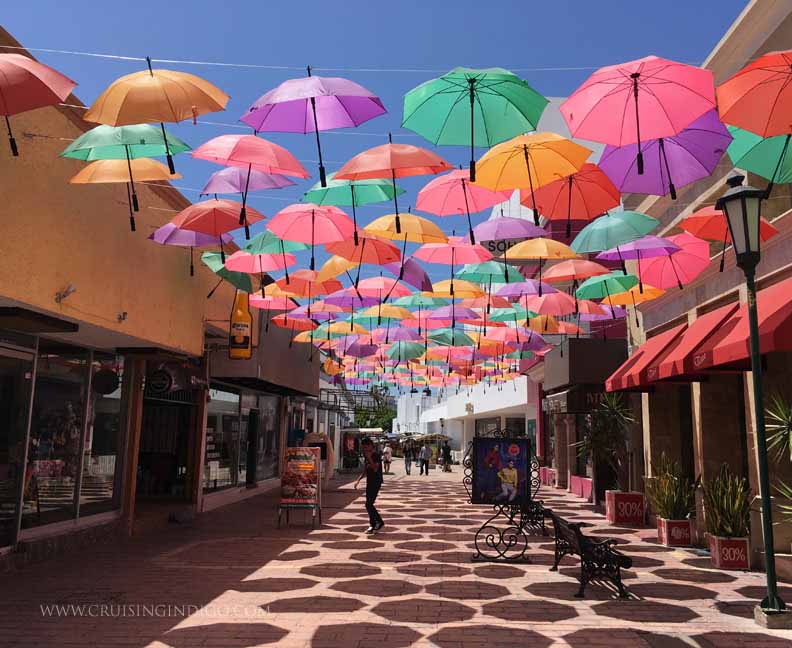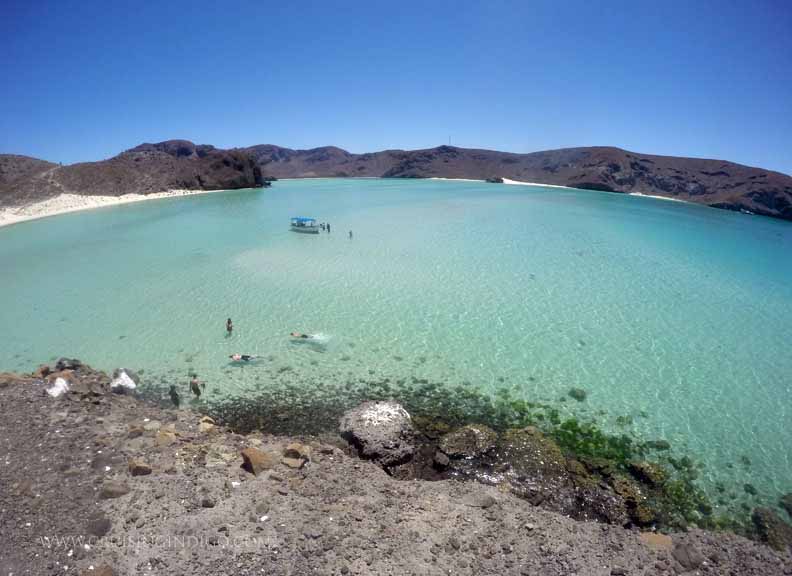The short story reads like a parable, taking place during La Paz’s booming pearl industry in the early 1900’s. The main character is Kino, a poor fisherman whose baby boy becomes deathly ill. Lacking money for the treatment, Kino and his wife, Juana, are desperate for a miracle. They get one.
Kino, in gathering oysters from the Sea of Cortez, discovers an enormous pearl - one so large, no one has seen it’s equal. He immediately realizes the significance of this find and begins to dream…a better house, a newer boat, a rifle, a church wedding, his newborn son’s future education… and most importantly the cure for his son’s illness. This will solve everything.
But the La Paz pearl merchants tried to swindle him; they were all in cahoots, offering only rock-bottom prices. Knowing his pearl was worth so much more, he rejected their ludicrous offers. So he hid it, hoping to journey to the capital for a better price.
Meanwhile, people begin to treat him differently, knowing he possesses this valuable item. They warn against the arrogance of hope for a better future, deride him for thinking he can ever rise above his station in life.
In addition to jealous neighbors, so too do evil villains emerge. The smarmy doctor maintains Kino’s boy in perpetual illness, while hoping to discover the location of the pearl. Kino’s house is ransacked. His boat is destroyed. His house burns down. He gradually transforms into a different person - fearful, obsessed, suspicious, and violent. Sensing her family’s self-destruction, his loving wife wants him to throw the pearl back into the sea. She thinks it’s a curse. But Kino would not be dissuaded.
One day, a band of thieves attacked him, and in fighting back, Kino killed one of the perpetrators. Despite this righteous act, he knew they’d brand him a murderer and someone would inevitably seize his precious pearl.
So Kino gathered his family and fled into the mountains. But they were soon followed and backed into a canyon out of which they could not climb. Kino hid Juana and their son into a cleft in the cliff while he backtracked, attempting to lure the posse away. They would never stop hunting while he still possessed the pearl, so Kino decided to attack his pursuers.
But just then, one man heard a whimpering. Assuming it was a coyote, he aimed and fired at the noise. The whimper stopped. And Kino knew. The bullet had found its mark… his child, still cradled in his mother’s arms.
Kino and his wife returned to La Paz. As they grimly walked the path home, carrying their dead son, the neighbors watched in silence. Kino still had the pearl – the pearl that was supposed to solve everything; but he’d just lost everything because of it. Too late, Kino realized the price of his pearl…and threw it back into the sea.
------
Sigh. So sad. So SAD!
Steinbeck’s word smithery is pure genius in this palpable parable, peppered with plucky perception. Ah, you’ll just have to read it, despite the fact I’ve ruin the ending. I cannot do Kino’s character justice in this brief summary… his initial aspirations, his sheer perseverance, his escalating anxiety, his covetous transformation, the final blow, and his anguished realization.
Life’s eternal struggle is knowing when to hold ‘em and when to fold ‘em. You can’t blame Kino for wanting a better life for his family. The sad part is that most of us don’t recognize when blind ambition, greed or even pride has warped into acid, until it’s too late. But should our potential failings stop us from playing the game? No. Because life is like a box of chocolates…you never know what you’re gonna get.
Because in a parallel universe…
in the real world…
Kino sold that pearl and became a rich man.
Wait. What?
The Pink Pearl House
Nestled beside the Baja seashore sits the tiny hamlet of Timbabiche, its backdrop a dreamy desert mountain skyline. Looming above the surrounding sandy hills, a unique landmark appears… a two-story, pink stucco house. The only structure large enough to be visible from miles away at sea, it looks positively colossal against this vast expanse of desert nothingness.
Why such a large house in the middle of nowhere?
This elaborate home was built in the 1920’s…
by a poor fisherman, just like Kino…
from the profits of a single pearl (reportedly 5 carats).
Steinbeck’s parallel universe.
Casa Grande
In the abundant pearl-harvesting era of the early 1900’s, there’s sure to have been more than one lucky pearl discovery. But at least this version had a happy ending. That pearl financed a fleet of boats and the construction of this huge house, officially known as “Casa Grande” or the Big House. As I read The Pearl, I couldn’t help but wonder whether some of Kino’s troubles mirrored those of the man who built Casa Grande. Yet this man survived and his family thrived.
Except subsequent generations couldn’t agree on what to do with Casa Grande. It fell into disrepair and eventually was scavenged for building materials. Now a shell of its former grandeur, the pink house stands sentinel over Timbabiche. But we were to discover, generations of the family still live there, right beside it.
Meet Jimmy, Casa Grande’s Great-Grandson
We’d just anchored in Timbabiche when a smiling Jimmy approached in his fishing panga. Tempting our tastebuds with freshly flopping fish aboard, we purchased a delicious sierra. Our friends procured several sea creatures and bandaged his thumb after he’d sliced it open with a fishing knife. They learned Jimmy is actually a master scuba diver, having attended school in La Paz. Ah, makes sense. Free-diving for scallops, octopus and lobster seemed for him as easy as breathing.
A couple days later, we bought fresh scallops and started talking. We had hiked to the pink house the day prior and asked him about the pink house.
“Casa Grande? My great-grandfather built it!”
Wow! Jimmy’s great-grandfather found the pearl of his dreams. What had happened to cause its decline, we did not think appropriate to ask. Jimmy was obviously very proud of the pink house, as is. I didn’t want to ruin it by asking what the heck happened?
Jimmy told us that about 80 people live in the village, invisibly scattered among the rural dirt tracks. The white, stucco-roofed building (an intriguing Moroccan, tent-looking design - see gallery), is a school servicing about 12 children. But Jimmy’s wife and kids live in the nearest town where they attend a different school; the town is a 3-hour drive one-way. He fishes during the week and drives the long way to visit his family every few days. Out there, fishing by himself every day, Jimmy struck me as a genial but lonely guy. We wish him well.
Maybe one day, the Casa Grande will be his…the pale pink shell of a beautiful pearl.






 RSS Feed
RSS Feed
